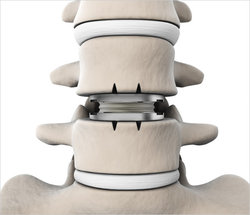(p. 280) In recent years, police have practically barricaded the marshalling yard in Calais, France,where the elegant Eurostar train must slow down before it enters the Channel Tunnel to England. Today the Calais marshalling yard for the Channel Tunnel looks like what the military might erect around a flying-saucer wreckage–barbed wire, electric fences, armed guards, and police dogs everywhere. Yet each night as darkness falls desperate men from the developing world, Africans and Pakistanis and Afghans and others, hide throughout the marshalling yard, sprint toward the Eurostar as it slows for the tunnel, and try to cling to its side as it accelerates again. They hope to survive until the train bears (p. 281) them into the United Kingdom, for French law treats illegal immigrants harshly, while England is more liberal. Numerous indigent developing-world men have been killed when they have slipped off the sides or the couplers of Eurostar, then fallen beneath its wheels; the stylish passengers aboard the train may feel a slight bump. Yet the men keep trying, though most must know there is hardly anything on this aerodynamically sleek train to grab hold of. Many are arrested as they dash toward the train and the favored life it represents. If released, they return to dash again. If deported, they try to sneak back into the country and dash again.
Source:
Easterbrook, Gregg. The Progress Paradox: How Life Gets Better While People Feel Worse. Paperback ed. New York: Random House, 2004.







